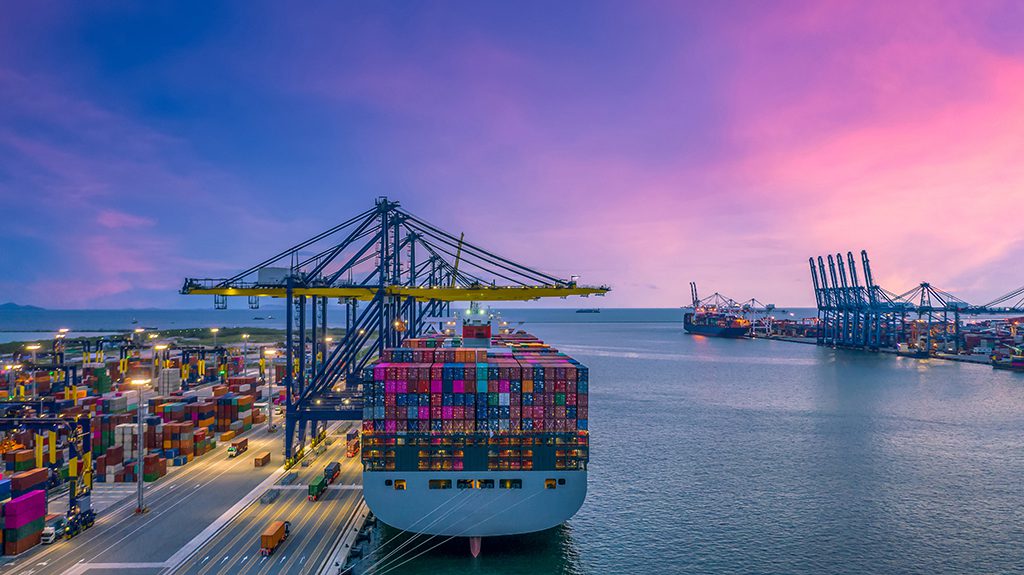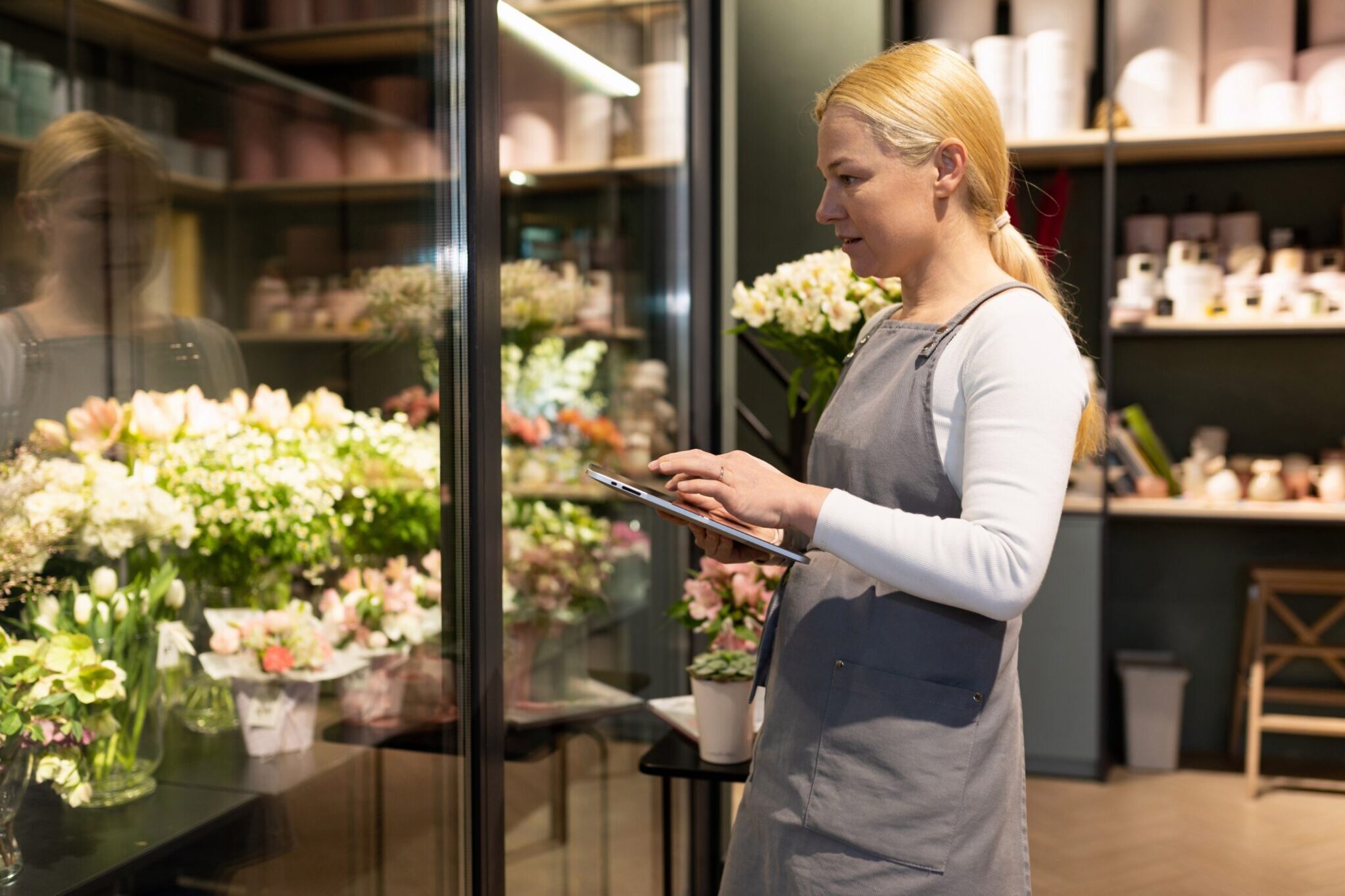
The floral industry is increasingly turning to ocean freight to transport as many stems as possible ahead of major floral holidays, such as Mother’s Day.
According to a National Retail Federation survey, 72 percent of consumers intend to buy Mom flowers this weekend, representing approximately $2.9 billion in spending. To help fulfill that huge demand, floral importers and other professionals used ocean freight to transport as many stems as possible. In the May/June issue of Floral Management, contributing writer Sarah Sampson explores this strategy.
Ocean freight has been on the rise in recent years due to the costs and challenges of air transport, including competition for space on planes and the need for storage space before and after the flight, explains Christine Boldt, executive director of the Association of Floral Importers of Florida (AFIF). “But the pandemic pushed it further,” she says.
From January 16 to February 5, 55 million stems entered PortMiami for the Valentine’s Day rush — a 41 percent increase from the same period in 2021. By comparison, during that time, 1.4 billion stems landed at Miami International Airport, which receives 91 percent of the country’s imported flowers.
“No way will it replace the airlines, but it isn’t going away either,” says Steve Daum, director of Superflor Technologies for Floralife, a division of Smithers Oasis, who has worked with growers and transport companies on quality control to ensure flowers arriving by sea still have a 10-day vase life.
“People are doing things well,” he says. “They have bought more infrastructure and are following the steps. There is technology being developed and people are using and enjoying the results.”
For more details on how the industry is using ocean freight, read the Up the Supply Chain column.
For a deep dive on the subject, read “A Sea Change in Transportation” from the Floral Management archives.
Katie Vincent is a senior contributing editor for the Society of American Florists.






